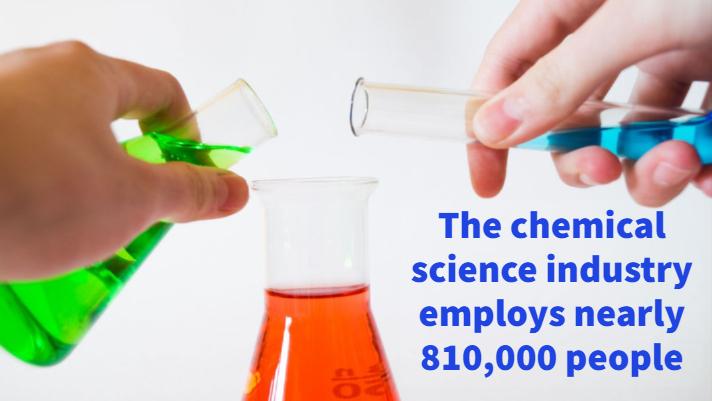
Since its inception, chemical science has evolved from back-room apothecaries and botanicals to a full-fledged industry employing nearly 810,000 people, including in the pharmaceutical sector. As humans have gotten a better handle on the science of medicine, manufacturing standards have had to rise to keep up with them. When consumers take pills for medicinal purposes, it's with the implicit understanding and trust that they're not only getting what they're told they've gotten, but that every step of the process has ensured a rigorous standard of chemical purity testing of the Active Pharmaceutical Ingredients (APIs). Over the years, governing bodies such as the WHO have created General Manufacturing Practices (GMP) for APIs. The API GMP allow every step of the process from receipt of material to distribution to undergo the same GMP quality control.
What is Chemical Purity, and Why Does it Matter?
In its simplest form, chemical purity is exactly what it sounds like: the absence of other types of matter other than the chemical itself. Regardless of whether the chemicals are designed for medicine, manufacturing, or cleaning, the principle remains the same: the purer a chemical substance is, the more effective it will be.
In pharmaceuticals, chemical purity is especially important. Trace impurities in a small sample size may not be anything to worry about, but when enough impurities are found in large enough batches distributed to consumers, that can mean that properties of the drug may be compromised. This can translate to diminished efficacy of prescription drugs, as well as an increased possibility of averse reactions in consumers and a greater quantity of unknowns with regard to possible interactions.
More than possible risks to consumers, chemical impurities can also be a huge financial drain on pharmaceutical companies, which may find that diminished efficacy at the end of millions, even billions of dollars in research and development.
How is Chemical Purity Tested?
Chemicals are often supplied to pharmaceutical manufacturers from outside suppliers, so the first step in ensuring that GMP standards are met is to work with suppliers who hold the requisite certifications for GMP quality assurance. However, further rounds of quality control can be tested through several methods:
- Colorimetric Methods - if a chemical compound is known to commonly carry certain impurities, manufacturers will use a chemical that reacts to said impurity by changing color. These methods are simple, and are better used to determine whether or not impurities are present, rather than actual levels of impurity within a given substance.
- Analytical Methods - Easily the most accurate method of measuring levels of chemical impurities, analytical methods are among the widest methods utilized across chemical purity testing disciplines. Whether using simple methods such as titration or gravimetry, or the more advanced spectroscopy or gas chromatography, these methods not only detect the presence of impurities, but the identity and amount as well.
- Comparative Methods - Perhaps the most simple method of detecting impurities is by comparing a chemical to a sample whose purity is already established. Large impurities can be detected even with visual examinations, while smell and taste tests can also assist in the determination of impurities from edible and nontoxic materials.
- Melting and Boiling Point Methods - Finally, tests on the physical properties of a substance can determine the presence of impurities. Because chemicals have known melting and boiling points, the addition of impurities will affect the temperature at which the chemical melts and boils. A lower boiling point is a strong indication of the presence of impurities.
Medical and pharmaceutical technology has come a long way since the druggists and apothecaries of centuries past, and with that evolution comes a higher standard of practice in order to protect manufacturers and consumers. By striving for exhaustive quality control standards, the medical and pharmaceutical communities become safer and healthier for everyone involved.
